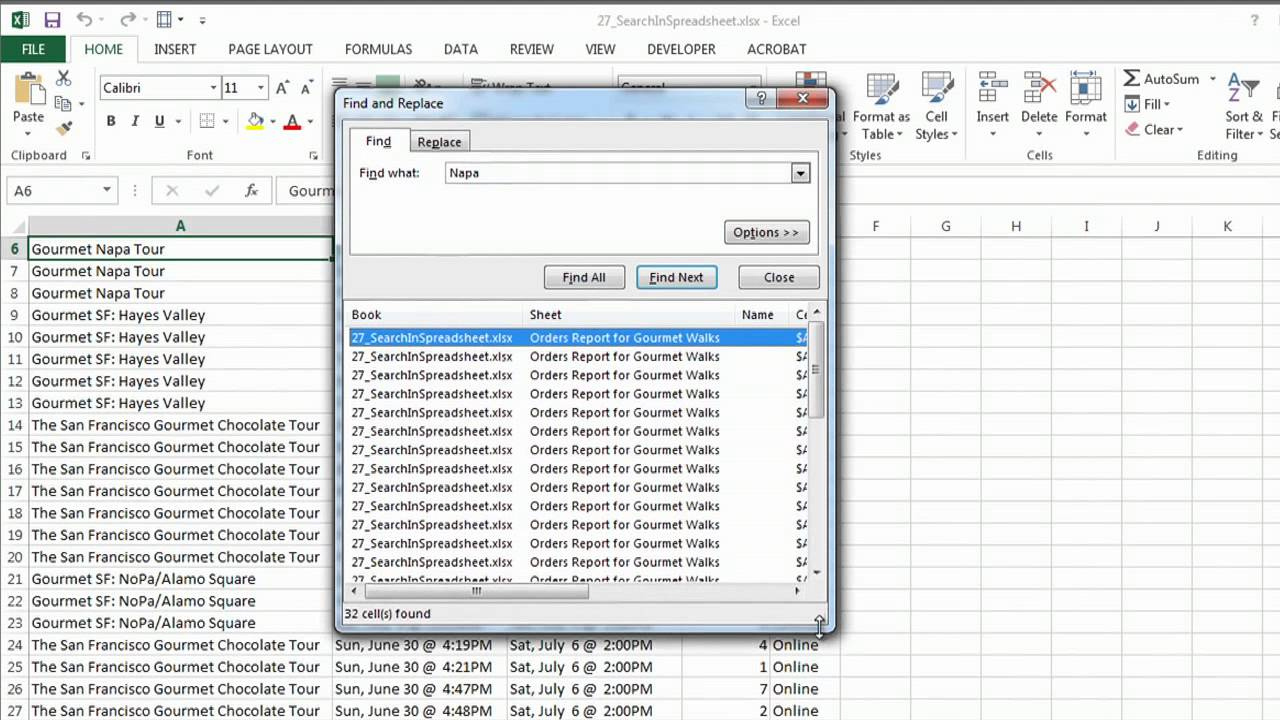Unlock Excel Editing: How to Make Your Sheets Writable

When working with spreadsheets, especially in an organizational environment, you might frequently encounter Excel documents that are read-only. These files might appear locked or limited in functionality, which can be a barrier for collaboration or making necessary edits. Understanding how to make your Excel sheets writable can streamline your workflow and boost productivity. In this blog post, we'll dive into several methods to unlock and edit Excel documents, catering to various situations where you might find yourself dealing with this common issue.
Understanding Read-Only Files

Before we explore solutions, let's understand why Excel files might be read-only:
- File permissions: When the file owner or network administrator sets read-only permissions, others can only view the document.
- Network issues: If a file is on a network drive that has temporary issues, Excel might open it in read-only mode to prevent data loss.
- Cloud storage: Sometimes, documents saved on cloud storage might appear read-only due to cloud synchronization or limitations.
- File corruption: In rare cases, a damaged file might be misinterpreted as read-only.
Step-by-Step Guide to Make Excel Sheets Writable

Here are several methods to enable editing in Excel sheets:
1. Changing File Permissions

If the Excel file is on your local machine, you can change file permissions:
- Right-click the Excel file in File Explorer.
- Choose 'Properties' from the context menu.
- Under 'General' tab, uncheck the 'Read-only' box.
- Click 'OK' to apply changes.
💡 Note: If you can't change permissions, you might not have the required permissions, and you should contact the file owner or IT support.
2. Editing Read-Only Excel Files via Windows Explorer

To edit files marked as read-only through Windows Explorer:
- Right-click the file, and select 'Open with' > 'Choose another app'.
- Choose 'Excel' from the list, ensure 'Always use this app to open .xlsx files' is checked.
- In Excel, you might be prompted to open the file in read-only mode; click 'No'.
- Save the file to a different location or choose 'Save As' to unlock it.
This method can bypass the read-only attribute set by the system.
3. Editing Files on Network Drives

If the file is on a network drive:
- Right-click the Excel file and choose 'Properties'.
- Under the 'General' tab, click 'Advanced'.
- Uncheck 'File is read-only (R)'. Click 'OK' twice.
- Open the file in Excel, and save it to your local drive or a different network location.
☑ Note: Network files can be tricky; if the read-only status persists, you may need to copy the file locally before making changes.
4. Saving Excel Files to a Local Drive

Another solution is to save the read-only Excel file to your local drive:
- Open the file in Excel (it might open in read-only).
- Go to 'File' > 'Save As'.
- Choose a local directory or a drive with write permissions.
- Save the file with a new name.
5. Using Third-Party Tools

If the above methods fail, you might turn to third-party tools designed to unlock Excel files:
| Tool | Description |
|---|---|
| Excel Unlocker | A simple tool for unlocking Excel files that might be corrupted or protected. |
| PassFab for Excel | Can remove Excel password protection, which might help if the file is password-protected. |
| Excel Password Recovery Lastic | Enables you to recover or remove the password from Excel files. |

Using these tools, follow the specific instructions for each software:
- Install the tool on your computer.
- Open the software, select the Excel file you want to unlock.
- Follow the on-screen prompts to unlock or remove password protection.
🔐 Note: Always ensure you have the right to unlock or change the permissions of Excel files you do not own.
In Summary

Unlocking and making Excel sheets writable can be achieved through various methods, from changing file permissions to using specialized software. Remember to always consider the implications of editing files that are not yours, ensuring you have the necessary permissions. Whether it's a simple file attribute change or a more complex issue involving network permissions or cloud storage, there's usually a solution to your Excel editing needs. Each method presented here has its merits and is suited to different scenarios, so understanding when to apply each technique is key to efficient Excel document management.
Why can’t I edit my Excel file even after changing permissions?

+
Ensure you have permission to change the file’s attributes. Sometimes, the file might be open on another device or in read-only mode due to network issues.
Can I edit Excel files on OneDrive?

+
Yes, but sometimes OneDrive sync issues can cause Excel to open files in read-only mode. Sync the file or save it locally to edit it.
What if the Excel file is password-protected?

+
You can use third-party tools like PassFab for Excel to unlock or remove the password, but ensure you have the legal right to do so.



